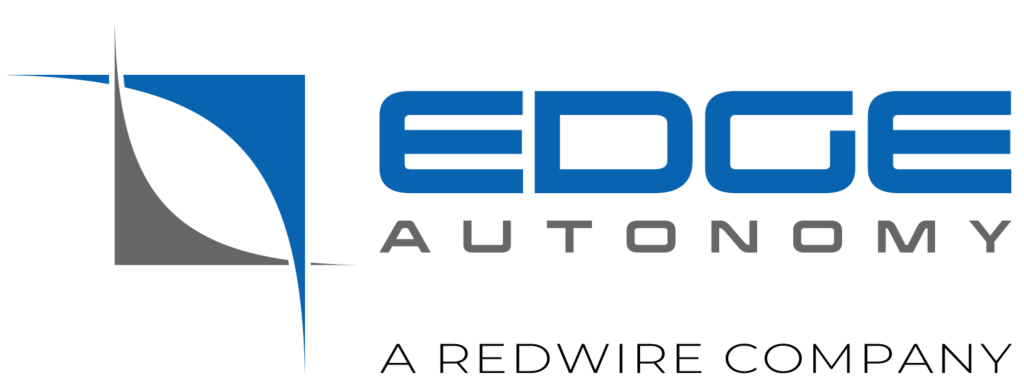A focus on helping employees
When Jodie Kao took up a profession in IT, she knew she would be managing the help desk, provisioning licenses and laptops for employees, and troubleshooting computer and network issues.
“But I didn’t know just how well I would get to know my colleagues at our offices across the United States,” Jodie said. “I really enjoy that part of my job – we’re growing quickly as a company, and I have the opportunity to meet the new employees as they start.”
While with the U.S. Navy, Jodie was stationed on the USS Antietam CG-54 in Yokosuka, Japan and Commander, U.S. Naval Forces Korea in Busan, South Korea. Upon finishing her contract, she found her home in the Central Coast of California, coming to work for Edge Autonomy as a Senior IT Technician.
“The culture here at Edge Autonomy really resonated with me coming out of the Navy,” said Jodie. “The customers are familiar with the DoD and the people here have been so welcoming and easy to work with, and I get to work with IT best practices and the latest technology.”
Jodie has been interested in STEM and the advancement of technology her whole life and the problem solving that goes along with a STEM field has been important to her as she continues her career.
“I like to fix things,” said Jodie. “That’s not only my job, but my passion. As far back as I can remember I wanted to find out why something didn’t work so I could fix the problem if it ever happened again.”
Do you have a passion for solving problems? Learn more about open positions on the Edge Autonomy team! Careers – Edge Autonomy

